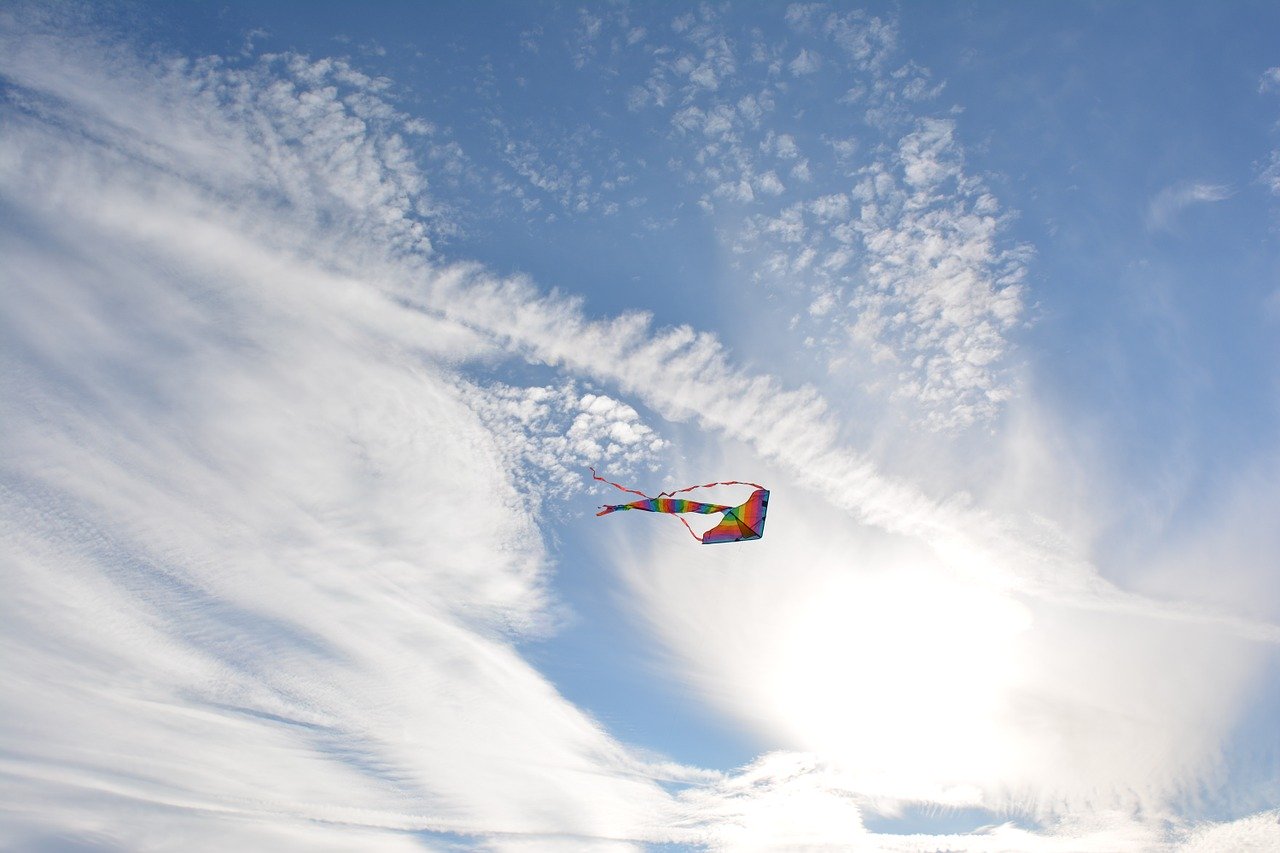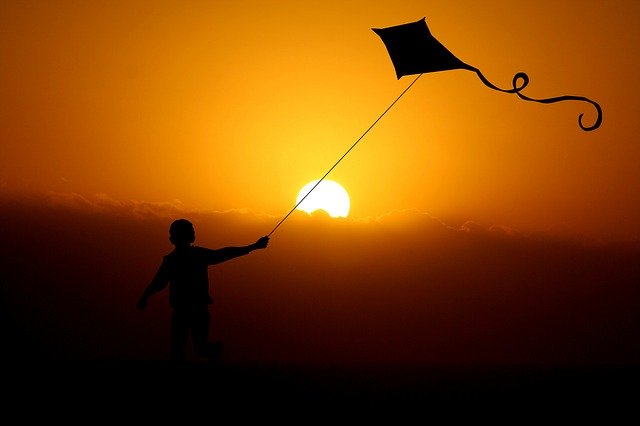Why can kites fly into the blue sky?
In the calm breeze, many people prefer to go to the suburbs or parks to fly kites. Kites with vibrant colors, all kinds of flying in the blue sky, people and nature become one. That for people who fly kites and watch kites are a kind of enjoyment.
So why can kites fly into the blue sky? If you pay close attention, you’ll find that the kite always catches the wind and flies, and the “body” of the kite is always tilted down. That’s the key to making kites fly to the sky. First of all, the kite always catches the wind. The wind blowing on the kite will create pressure on the kite, and that pressure is perpendicular to the surface of the kite. Because the kite’s surface is tilted downwards, the wind that comes with the pressure tilts upward. The weight of the kite is very light. The pressure upwards of the air is enough to bring the kite into the blue sky. When the wind is very small, the kite flyers often pull the kite string to run quickly to catch the wind or stand in place, constantly tugging at the kite string, taking advantage of the stringing to adjust the angle of tilt to the bottom of the kite surface. It is all about participating in the air’s upward pressure on the kite, making the kite fly higher.

Kites have big, small, and all kinds of shapes. Underneath it usually attaches a few fringes or paper towels to make the tail. From a physical perspective, it’s to make the kite’s center of gravity move downwards, improving the balance of the kite, making it fly even more stable.




